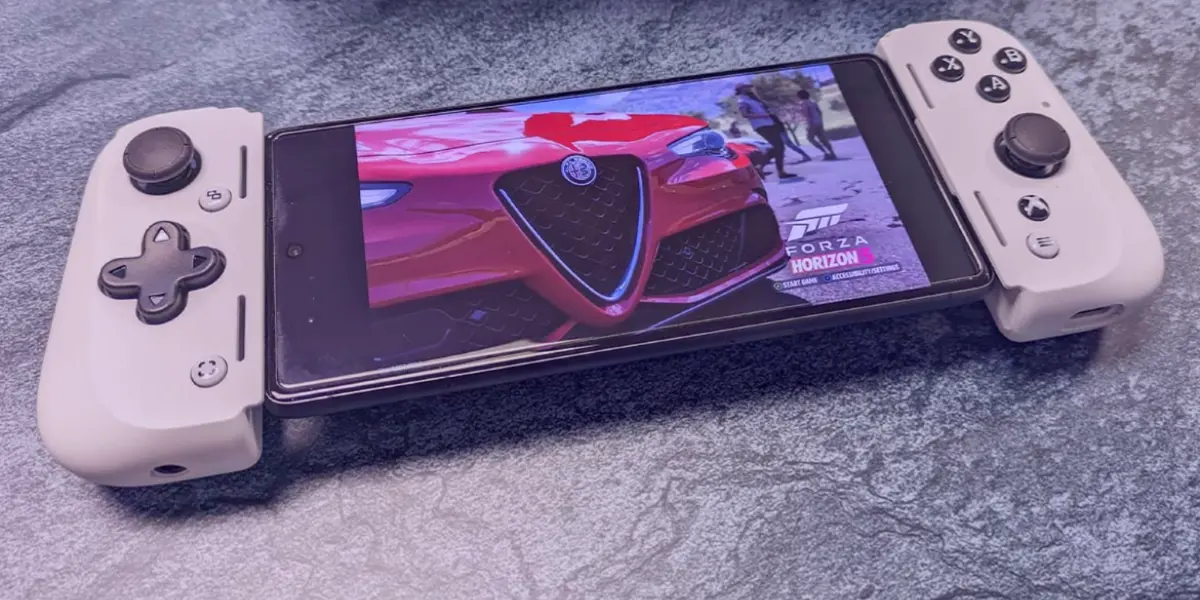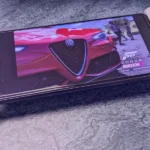Different Types of Mobile Gaming Controllers and Connectivity Tips
Mobile gaming has evolved significantly, sometimes offering experiences that rival traditional consoles. A key factor in this evolution is the availability of diverse mobile gaming controllers. This guide explores the different types of controllers and provides tips for connecting them to both iOS and Android devices, including specific instructions for USB-C, older Micro-USB controllers, and Bluetooth connections.
Types of Mobile Gaming Controllers
1. Traditional Controllers
These controllers closely resemble those designed for consoles like the Xbox and PlayStation. They offer a familiar layout with two joysticks, a D-pad, face buttons, and shoulder buttons/triggers.
- Pros: Ergonomic design, widespread compatibility with games, often include vibration feedback.
- Cons: Requires a separate clip or stand to hold the phone, less portable than other options.
2. Telescopic Controllers
Telescopic controllers are designed to extend and clamp onto your mobile device, transforming it into a portable gaming handheld. Your phone sits securely in the middle, resembling a Nintendo Switch.
- Pros: Excellent portability, integrated phone holder, often compact when collapsed.
- Cons: Can be less ergonomic for some users, may obscure phone ports or buttons depending on the design.
3. Detachable Controllers
Inspired by the Nintendo Switch Joy-Cons, these controllers attach to either side of your mobile device. They offer a highly integrated gaming experience, allowing you to hold your phone like a dedicated gaming console.
- Pros: Seamless integration with the device, often lightweight, can be used for two-player gaming (with some models).
- Cons: May add significant bulk to the phone, compatibility can be limited to certain phone models or sizes.
Connecting Mobile Gaming Controllers
General Connectivity Tips
- Charge Your Controller: Ensure your controller is fully charged before attempting to connect.
- Update Your Device: Keep your iOS or Android operating system updated to the latest version for optimal compatibility.
- Check Controller Drivers/Firmware: Some advanced controllers may require driver installations or firmware updates for full functionality. Consult the manufacturer’s website.
- Switch Controller to Different Modes: Some controllers have different modes depending on the operating system of the device. Various controllers have specific modes for iOS, or Android gaming, while others have modes that mimic Xbox or Nintendo Switch controllers.
Connecting Traditional, Telescopic, and Detachable Controllers via Bluetooth
Bluetooth is the most common wireless connection method for mobile gaming controllers.
iOS Devices:
- Enable Bluetooth: Go to `Settings` > `Bluetooth` and toggle Bluetooth on.
- Controller Pairing Mode: Put your controller into pairing mode. This usually involves holding down a specific button combination (e.g., PlayStation controllers: Share + PS button; Xbox controllers: Xbox button + Pair button). Refer to your controller’s manual.
- Select Controller: On your iOS device, your controller’s name should appear under “Other Devices.” Tap on it to connect.
- Confirm Connection: The controller’s indicator light will usually change or stop blinking to confirm a successful connection.
Android Devices:
- Enable Bluetooth: Go to `Settings` > `Connected devices` > `Connection preferences` > `Bluetooth` and toggle Bluetooth on.
- Controller Pairing Mode: Put your controller into pairing mode.
- Pair New Device: Tap on “Pair new device” on your Android device.
- Select Controller: Your controller’s name should appear in the list. Tap on it to connect.
- Confirm Connection: The controller’s indicator light will confirm a successful connection.
Connecting USB-C Controllers
USB-C controllers offer a direct, low-latency wired connection.
iOS Devices (iPhones with USB-C, iPads with USB-C):
- Direct Connection: Simply plug the USB-C controller directly into your iPhone or iPad’s USB-C port.
- Compatibility: Most USB-C controllers are plug-and-play. Ensure the game you’re playing supports external controllers.
Android Devices:
- Direct Connection: Plug the USB-C controller directly into your Android device’s USB-C port.
- OTG Support: Ensure your Android device supports USB On-The-Go (OTG), which allows it to act as a host for USB peripherals. Most modern Android phones do.
- Compatibility: The controller should be automatically recognized.
Connecting Older Controllers (e.g., PS3 Controller, Micro-USB Controllers)
Connecting older controllers can sometimes be more involved, especially for Bluetooth, due to different Bluetooth protocols or lack of official support.
PS3 Controller (via Bluetooth – Android Only, often requires third-party apps):
Connecting a PS3 controller wirelessly to Android often requires a rooted device and third-party apps like “Sixaxis Controller.” This is not officially supported by Sony.
- Root Android Device: This is a prerequisite for many third-party solutions.
- Download “Sixaxis Controller” App: Purchase and install the app from the Google Play Store.
- Pair with PC Utility: Use a PC utility (often provided by the app developer) to pair the PS3 controller’s Bluetooth address with your Android device.
- Connect via App: Open the “Sixaxis Controller” app on your Android device and follow the in-app instructions to connect.
Micro-USB Controllers (Wired Connection – Android Only):
If you have an older controller that uses a Micro-USB cable for connection, you’ll need an adapter.
- OTG Adapter: You will need a USB-C to Micro-USB OTG adapter, or a Micro-USB to Micro-USB OTG cable if your Android device also has a Micro-USB port.
- Connect: Plug the Micro-USB end of the adapter/cable into your controller and the other end into your Android device.
- Compatibility: The controller should be recognized if your device supports OTG.
Note on iOS/Android and Older Controllers: Connecting older console controllers like PS3 or Xbox 360 controllers directly to iOS/Android devices via Bluetooth is generally not supported without specialized, often proprietary, third-party adapters. Apple’s iOS is more restrictive with Bluetooth accessory compatibility compared to Android. Wired connections for Micro-USB controllers are also not typically supported on iOS devices, especially older ones, without specific, often rare, adapters.
Conclusion
Whether you prefer the familiarity of traditional controllers, the integrated design of telescopic options, or the unique feel of detachable controllers, there’s a mobile gaming accessory for you. Understanding the different connection methods, especially for Bluetooth, USB-C, and older wired controllers, will ensure you get the most out of your mobile gaming experience on both iOS and Android devices. Happy gaming!




Leave a Reply